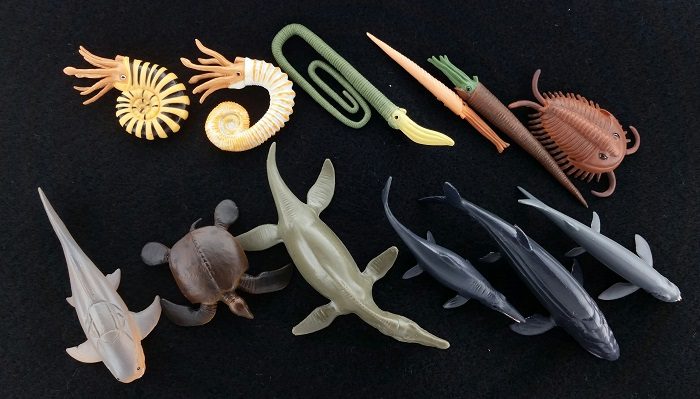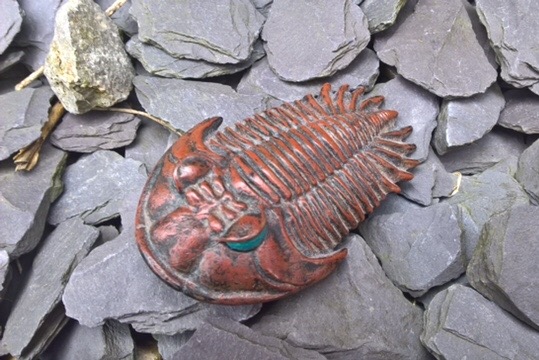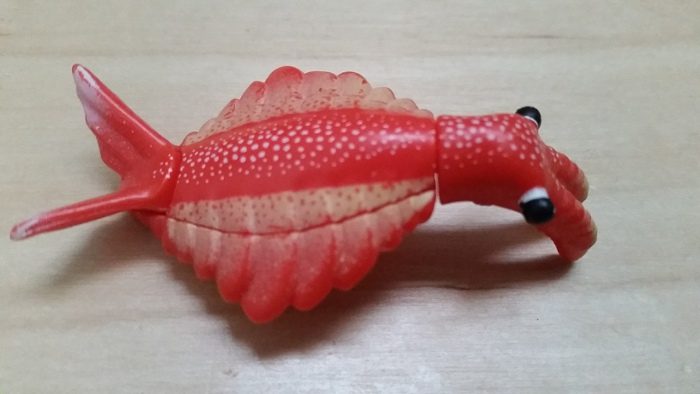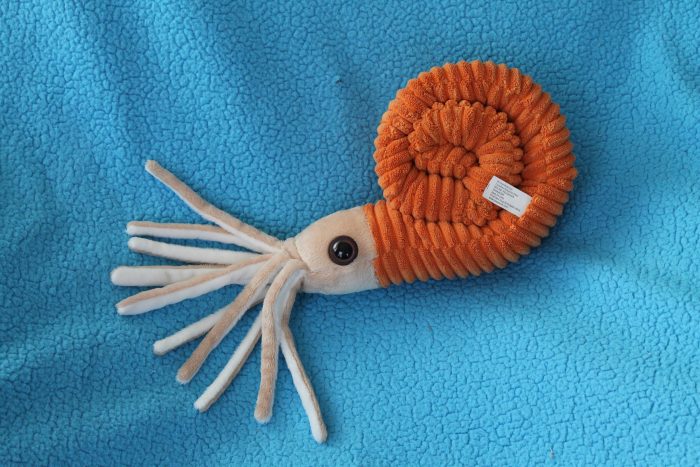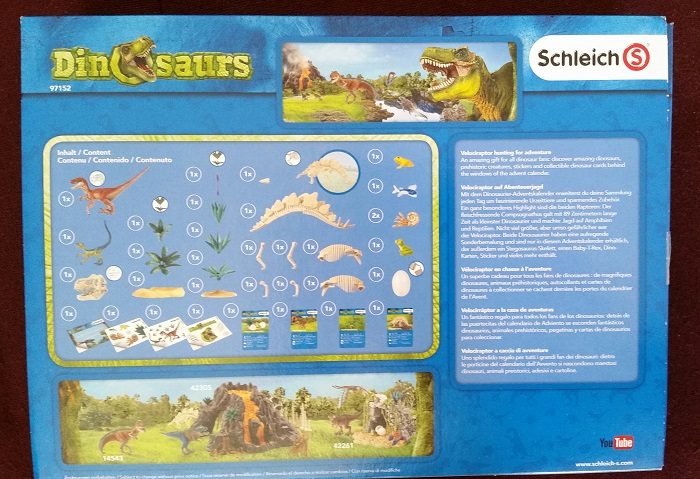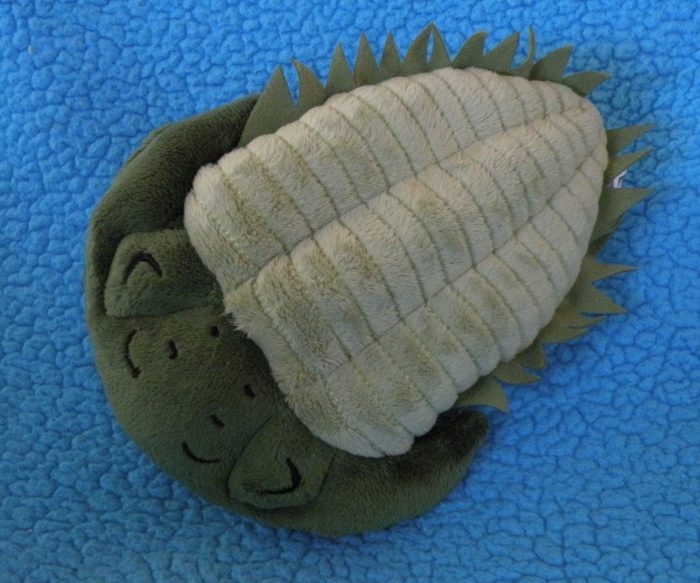CollectA has emerged as one of the most prolific producers of dinosaur figures, with a few other Mesozoic reptiles and some mammals here and there for variety. They’ve developed a reputation for giving some obscure species the plastic treatment, but in general those species have been fairly close relatives of the old standards.
Classification: Invertebrate
Review: Trilobite (Bullyland)
Review: Anomalocaris (Favorite Co. Ltd.)
Review: Rayonnoceras (Series 2 by Kaiyodo)
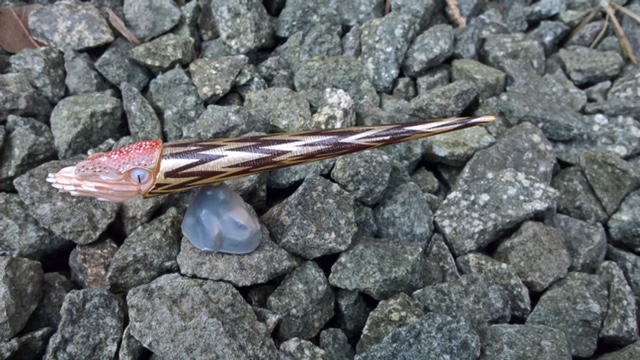
5 (7 votes)
Review and photographs by Indohyus, edited by Suspsy
In my last review, I mentioned how Palaeozoic creatures are rarely produced in toy form. There is, however, a group that is even rarer: prehistoric invertebrates. Outside of toob sets and the Bullyland figures, they are incredibly hard to find immortalized in plastic.
In my last review, I mentioned how Palaeozoic creatures are rarely produced in toy form. There is, however, a group that is even rarer: prehistoric invertebrates. Outside of toob sets and the Bullyland figures, they are incredibly hard to find immortalized in plastic.
Review: Primeval Predators kit (Royal Ontario Museum)
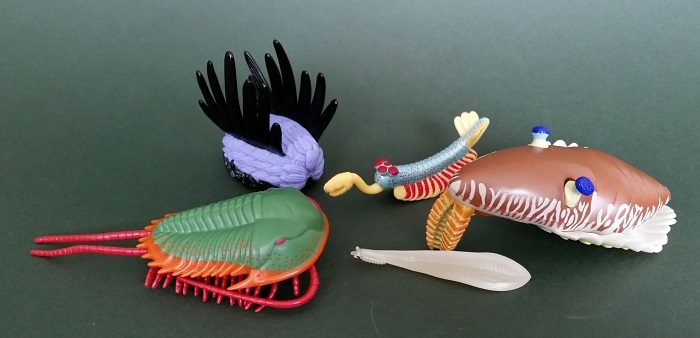
4.6 (5 votes)
Like many readers of this blog, one of my favorite things to do when visiting a new city is to check out the local natural history or science museum. For getting a sense of the scale and proportions of ancient life, nothing beats seeing specimens, or even reproductions of specimens, up close and personal.
Review: Anomalocaris (Yowie)
Review: Ammonoid (Paleozoic Pals)
Review: Ammonite (Bullyland)

4.5 (6 votes)
Review and photographs by Indohyus, edited by Suspsy
Ammonites are one of the most iconic of all fossil groups. Once thought to be snakes turned to stone in medieval times, these ancient cephalopods are known throughout the world, and are important fossils for many purposes, especially in dating as they are exceptional index fossils.
Ammonites are one of the most iconic of all fossil groups. Once thought to be snakes turned to stone in medieval times, these ancient cephalopods are known throughout the world, and are important fossils for many purposes, especially in dating as they are exceptional index fossils.
Review: Dinosaur Advent Calendar 2016 (Schleich)
Review: Eurypterid (Eurypterus remipes) (Paleozoic Pals)
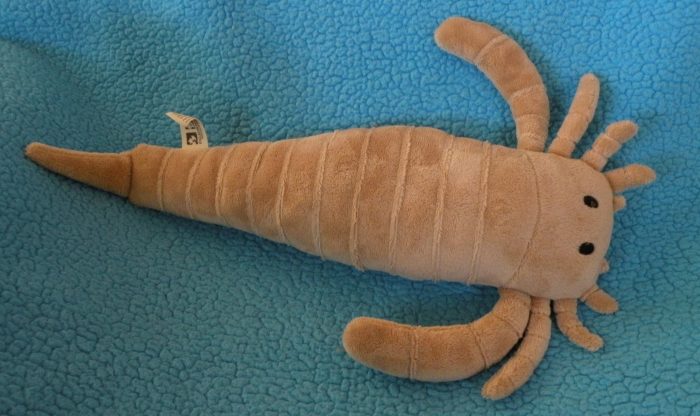
5 (6 votes)
Eurypterids, popularly known as “sea scorpions” are among the more charismatic of extinct invertebrates, and rightly so. Although they weren’t true scorpions these aquatic arthropods were an extremely successful group of predators that dominated both fresh and saltwater environments between 470–252 million years ago.
Review: Trilobite (Greenops boothi) (Paleo Pals)
Review: Ammonite (Wild Safari by Safari Ltd)

4.5 (20 votes)
The shelled cephalopods known as ammonites first appeared in the Devonian and then flourished all the way to the very end of the Cretaceous. They came in a wide variety of shapes and they ranged in size from ones you could hold in your palm to ones with shells measuring more than two metres in diameter.

